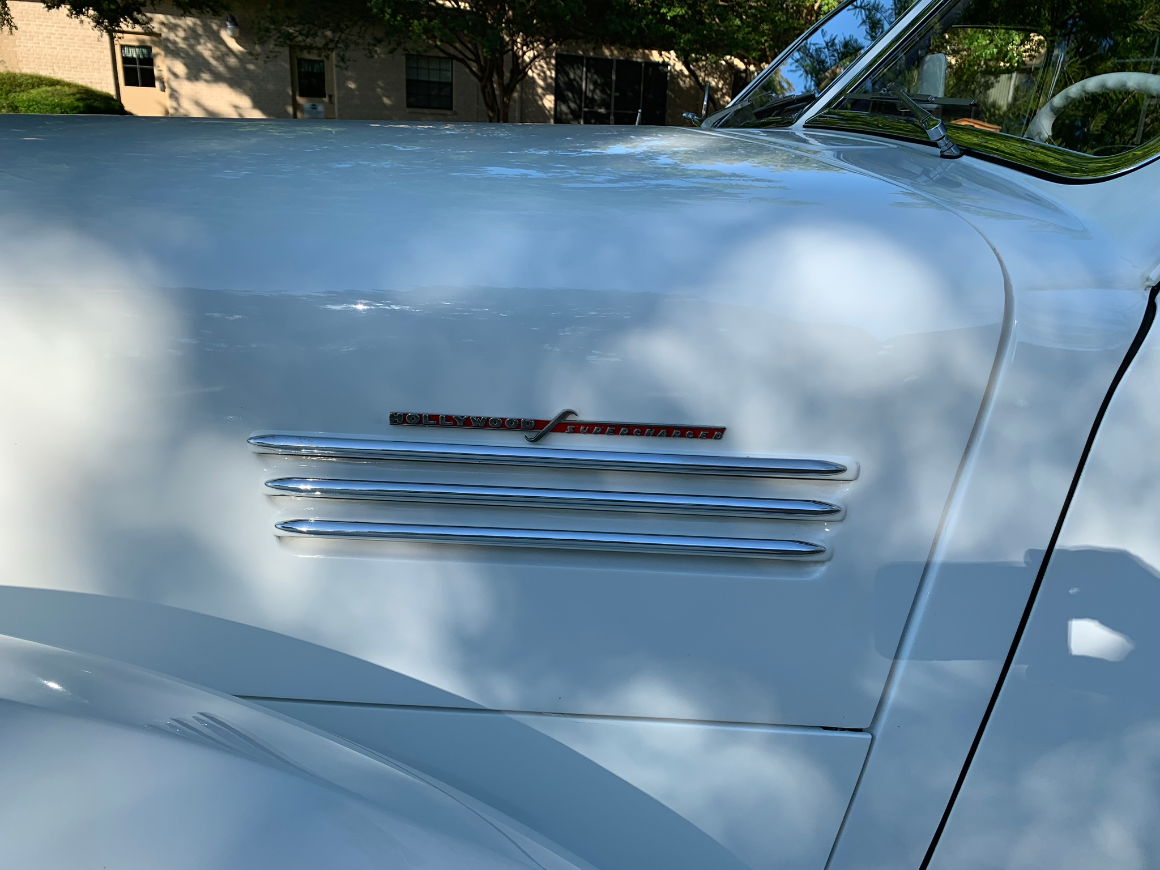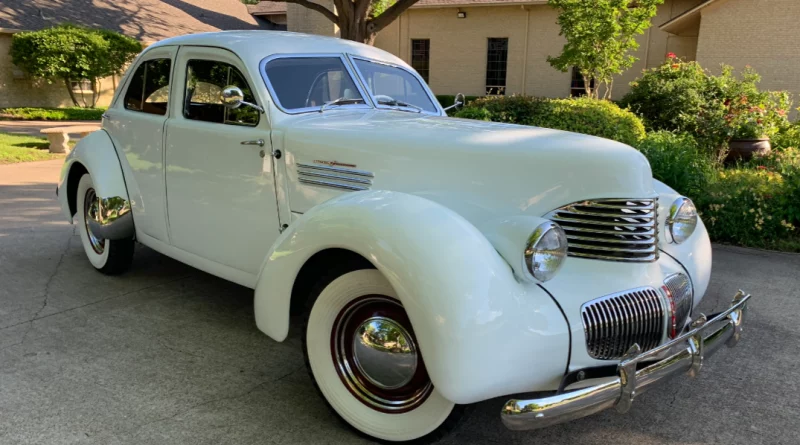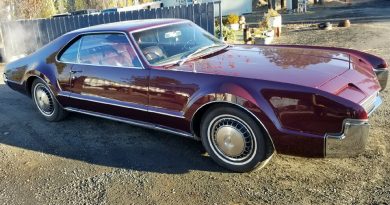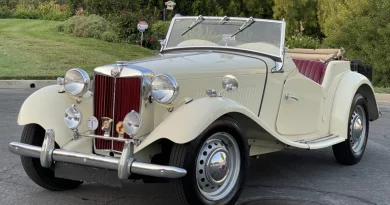1941 Graham Hollywood Supercharged
The three Graham brothers began their working career for a glass company for which Joseph Graham invented an improved method to blow glass bottles. Ray Graham then invented a method to convert Ford Model T’s into one-ton trucks. They soon entered into an agreement with Dodge to build trucks using Dodge drivetrains which were sold by Dodge dealers. They sold their Dodge stock in April of 1926 and started their own automobile company.
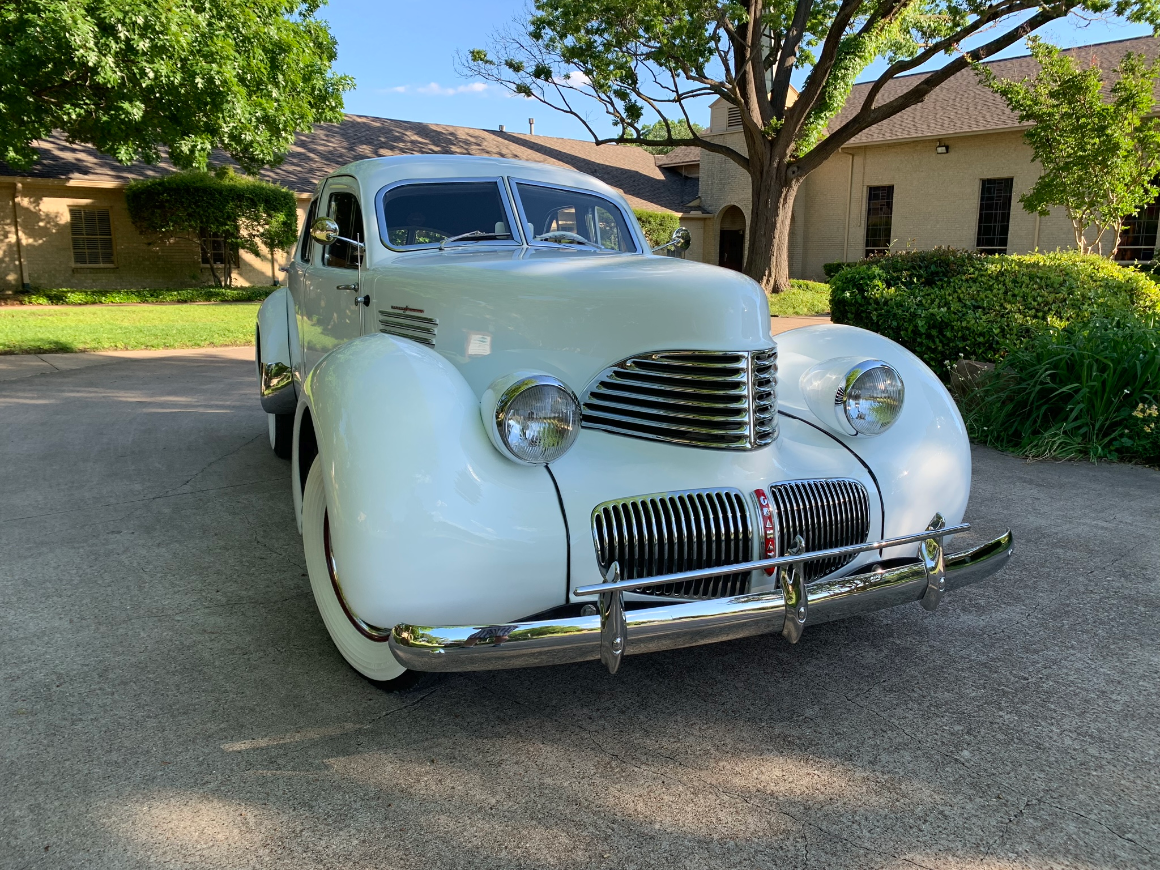
This 1941 Graham Hollywood is one of approximately 1,378 examples produced by the American manufacturer, just 350 of which were built in the final year of production. Power is from a 218ci straight-six equipped with an optional supercharger and backed by a 3-speed manual transmission with a rare overdrive unit. Factory specifications include hydraulic drum brakes, an AM radio, roll-up windows, and a wool interior. This example was refurbished in the 1980s before being put on long-term display at the Branson Auto & Farm Museum in Missouri.
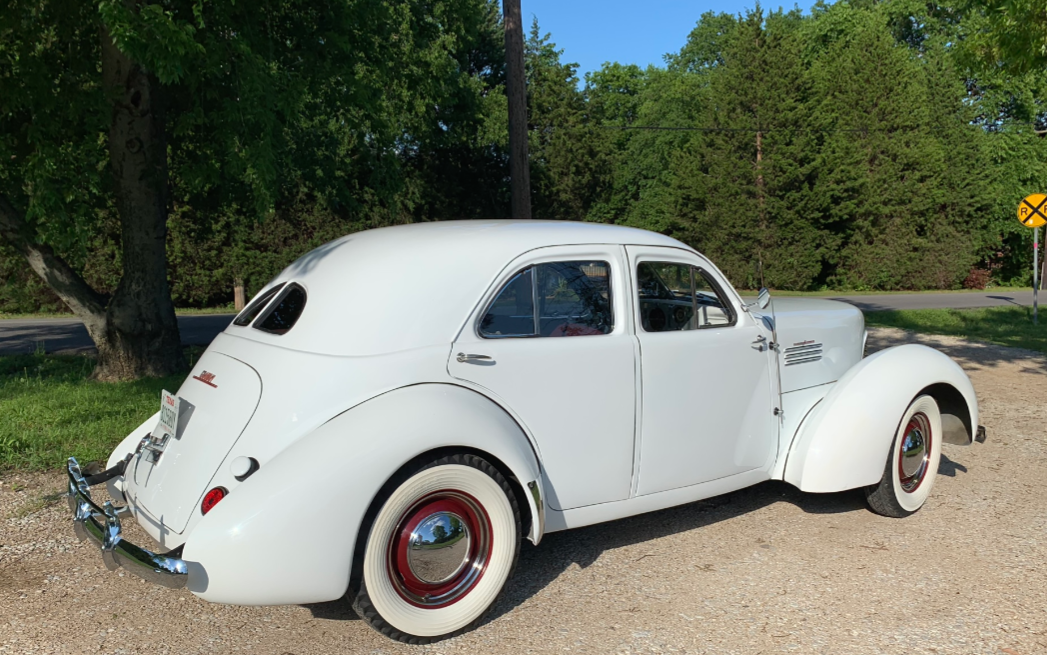
The interior reupholstered in the original pattern with broadcloth wool. This included new carpet, door cards, seat padding, and a headliner. Additional sound deadening has been added to the floor. Gauges are centrally located in the aluminum instrument panel, where the radio and ignition switch also reside.

The rear-wheel-drive Hollywood is powered by a 218 cubic inch L-head straight-six that was designed and built by Graham with castings supplied by the Continental Motors Corporation. The water-cooled centrifugal supercharger was also designed and built by Graham. Mounted above the engine and driven by a vertical shaft running from a belt-drive worm gearbox, it is designed to deliver approximately 5 psi of boost. A column-shifted three-speed manual gearbox transmits power to the rear, and this car is one of just 15 equipped with overdrive.
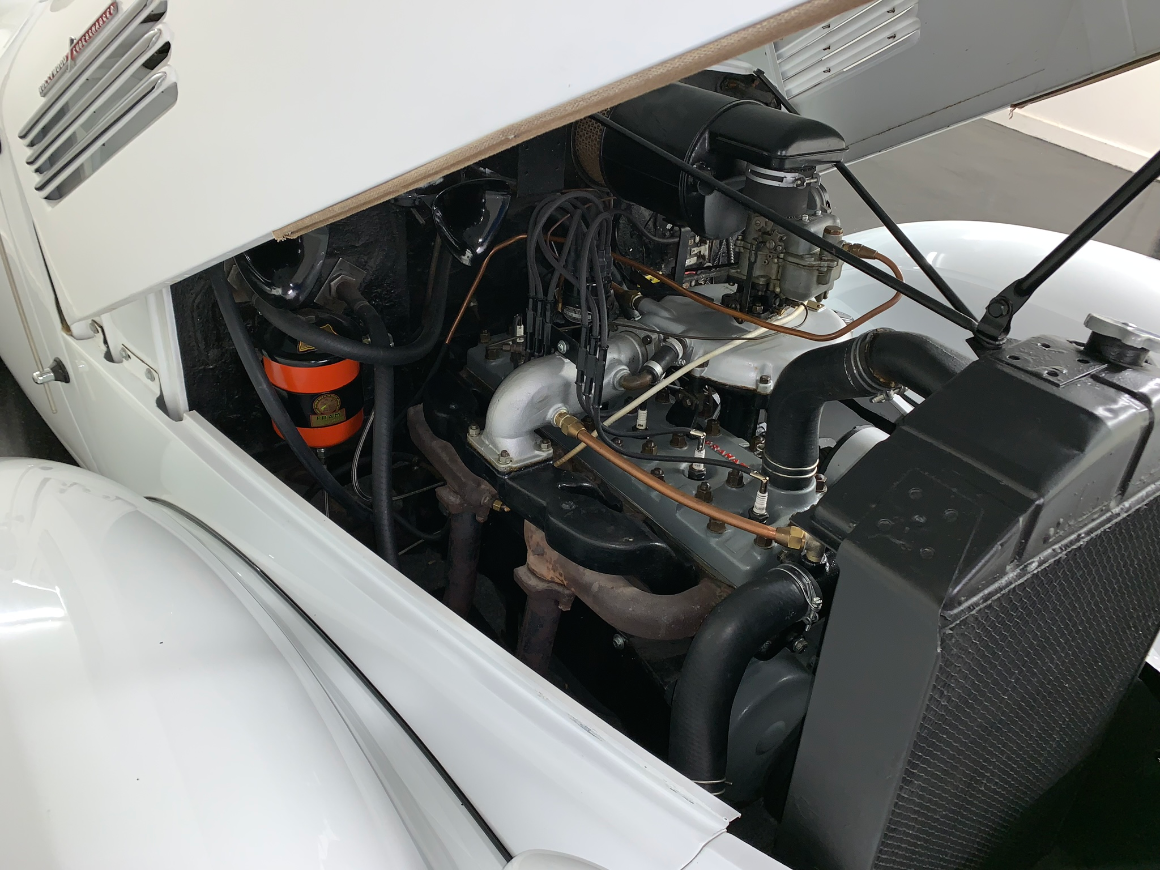
The body-color-keyed steel wheels are dressed with chrome trim rings and hubcaps and roll with wide whitewall tires for smooth ride.

Sadly, the Hollywood marked the end of the road with only about 1,500 ever kicking the curb. While initial demand for the smart-looking Hollywood was strong, production faltered leaving but a few well-sorted Graham Hollywoods roaming the roads today.

By 1940, the Graham Company of Detroit, Michigan was in deep financial troubles. They needed to redesign their current vehicle line but did not have the financial resources required to retool and produce new body dies. In an attempt to save their ailing business they purchased used body dies from the recently-defunct Huppmobile Company and created a new model called the Hollywood. Interestingly, these body dies were purchased by Huppmobile from the defunct E.L. Cord Company who used these dies to produce the famous Cord Beverly sedan bodies in 1936 and 1937.
